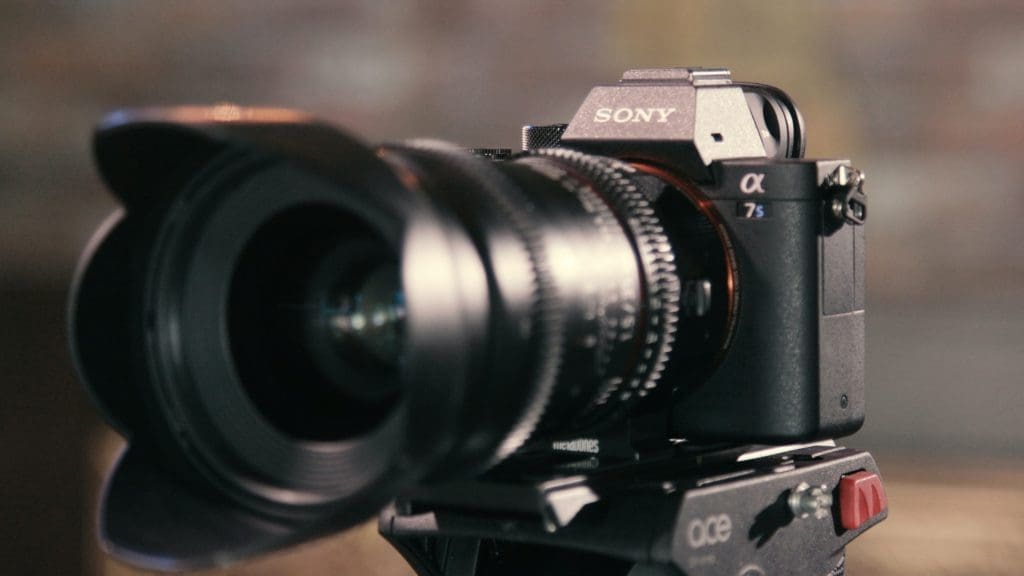Buying a digital camera is a complicated business. They have so many characteristics that one can easily get confused. Moreover, professional cameras are expensive, and you can’t afford to buy a new camera every two months. So you have to make an informed decision and choose the camera that will serve your artistic purpose. Choosing between a full-frame camera and a crop camera is your first decision. But what is a full-frame camera and why should you buy one?
What is a Full-Frame Camera?
The most important part of a digital camera is the sensor. The sensor is what reads the image sent by the lens. The larger the sensor is, the higher the image quality will be. The size of the sensor influences the amount of detail and light you can capture, as well as the width of the field of view.
A full-frame camera is a camera with a sensor of 24mm x 36mm, the size of a 35mm film camera. And this is the largest sensor you can get.
The Advantages of Using a Full-Frame Camera
The main benefit of using a full-frame camera is image quality. It has a sensor more than 2.5 times larger than a crop camera, and the result is less noise at high ISO values, a wider dynamic range, and higher levels of detail. You’ll have better performances when shooting in low-light conditions or scenes with high contrast.
Furthermore, a full-frame camera is more forgiving in case of overexposing or underexposing your photographs. You’ll have plenty of information in the RAW files to recover the details from affected areas.
A full-frame camera also helps you achieve a better bokeh effect. It allows a shallower depth of field and creates a beautiful blur effect in the background of your photographs.
Landscape photographers may also be tempted to buy a full-frame camera. That’s because it offers a wider field of view and allows you to capture more of the scene in front of you. Combine this with the performances in low lighting and at high ISO values and you’ll have the perfect camera choice for astrophotography as well.

Photo by Benjamin Voros on Unsplash
The Drawbacks of a Full-Frame Camera
Full-frame cameras are more difficult to manufacture and, as a result, more expensive. They are also bigger and heavier than crop cameras. And because they store more information, full-frame cameras produce larger image files. You’ll need a solid tripod and bigger memory cards.
The advantages of full-frame cameras may become their drawbacks if they don’t fit your purpose. For example, a wider angle of view or a shallower depth of field may not be what you need. Consider your requirements before purchasing a camera and don’t let the camera’s features charm you beyond your purpose.

Photo by ShareGrid on Unsplash
A full-frame camera may or may not be what you need. Make a list of the features you need, taking into consideration your workflow, artistic purpose, technical skills, and budget. Choose a good camera for you and not one with good reviews or appreciation by others.

